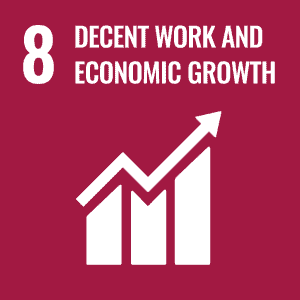Project Profile
Project Location
Thurston County, WashingtonProject Operator
South Puget Sound Salmon Enhancement GroupProject Type
PlantingProject Credits
1,607Credit Availability
AvailableProject Contact
Cole Baldino, Salmon Habitat Restoration Biologist, Project Manager, Coleb@spsseg.orgThe South Puget Sound Salmon Enhancement Group (SPSSEG) conducted native tree plantings on 15 acres across two sites, both adjacent to the river bank all the way to the valley wall or extent of the floodway. The total number of trees planted was approximately 3,500/acre, consisting of mainly deciduous floodplain species such as willow, cottonwood, alder, Oregon ash, white oak, serviceberry, red-osier dogwood, ocean spray, nootka rose, and Oregon grape. Conifer species such as Douglas fir, western red cedar, and western hemlock were also planted.
The benefits of this project include biological and ecosystem uplift, and environmental justice for underserved communities. This project will provide wildlife food, forage and habitat for terrestrial and avian species. It will also positively impact aquatic wildlife by reforesting the riparian area which filters stormwater runoff and pollutants, provides shade on the river that decreases summer high water temperatures, and provides a future recruitment of instream habitat. The reforestation and reconnection of the floodplain will provide downstream flood reductions through floodplain storage and a decrease in stream velocities and instream flow. Lastly, the Squaxin Island Tribe relies on the Deschutes river for culture and sustenance. This project will benefit salmon populations and other important species to the tribe’s culture and economy.
Co-Benefits
Trees planted as part of this project will provide ecosystem services, also known as co-benefits, when they reach 25 years old. The co-benefits represent a savings (avoided costs) of $19,916 per year when the trees reach age 25, and $497,900 over the next 25 to 50 years.
- Rain interception (stormwater management) – 2,619 m3/year, $19,227 per year
- Air quality – -0.2994 tons/year, $15 per year
- Energy use – cooling (electricity) – 7,238 kWh/year, $371 per year
- Energy use – heating (natural gas) – 26,673 kBtu/year, $304 per year
Social Impacts
The 17 United Nations Sustainable Development Goals (SDGs) are an urgent call for action and global partnership among all countries, representing key benchmarks for creating a better world and environment for everyone. Well-designed and managed urban forests make significant contributions to the environmental sustainability, economic viability and livability of cities. The main SDGs for this project are described below, with more detailed information in the Project Design Document.
 This project provides employment opportunity for local restoration businesses, which employ local people. This aspect of the project helps maintain viable environmental services organizations in the community.
This project provides employment opportunity for local restoration businesses, which employ local people. This aspect of the project helps maintain viable environmental services organizations in the community.
![]() Project sites are located adjacent to salmon-bearing streams. These plantings will, in time, help to shade waterways and compete with invasive weed species. They will also contribute insect food sources and woody debris to waterways in the future.
Project sites are located adjacent to salmon-bearing streams. These plantings will, in time, help to shade waterways and compete with invasive weed species. They will also contribute insect food sources and woody debris to waterways in the future.
 This project creates wildlife habitat for terrestrial animals, enhances the environment, and uses native species that are suited to the conditions on site to improve infiltration and reduce carbon dioxide in the atmosphere.
This project creates wildlife habitat for terrestrial animals, enhances the environment, and uses native species that are suited to the conditions on site to improve infiltration and reduce carbon dioxide in the atmosphere.
Total Credits Issued: 161
- 2025: 161 credits issued
Total Credits Sold: 0
Total Credits Retired: 0
Total Credits Cancelled: 0
Total Credits Available for Purchase: 161
